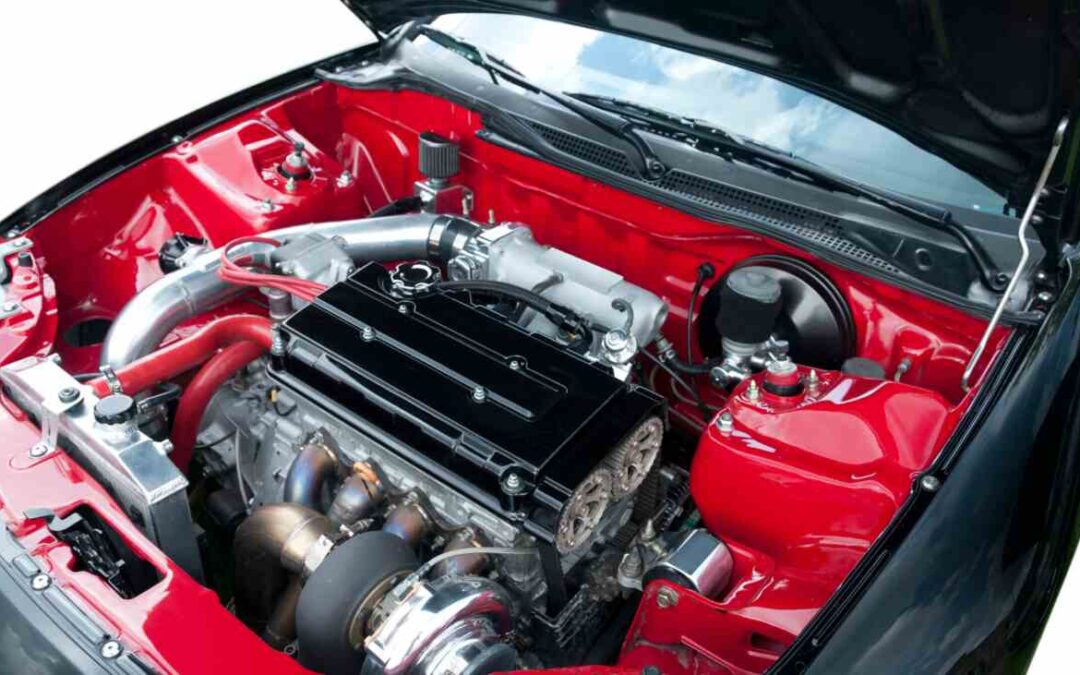Welcome to the All Around Auto Repair blog, where we dive into the mechanics of cars and their intriguing history! Today, we’re taking a closer look at the heart of many vehicles—the combustion engine. This remarkable invention has powered our journeys for over a century, evolving with each decade to meet the increasing demands of efficiency, performance, and environmental awareness.
The Birth of the Combustion Engine
The story of the combustion engine begins in the 19th century. In 1824, French physicist Sadi Carnot laid the theoretical foundations with his principles on thermodynamics, which later influenced the development of the first engines. However, it wasn’t until 1876 that Nikolaus Otto, a German engineer, successfully developed the first practical four-stroke engine, known as the Otto cycle engine. This engine became the blueprint for many modern gasoline engines.
Advancements and Innovations
Following Otto’s pioneering work, inventors around the world began to improve and innovate. In 1892, Rudolf Diesel introduced the diesel engine, which differed significantly from its gasoline counterpart. Diesel engines offered better efficiency and were soon adopted for heavy-duty applications. The early 20th century saw the rapid advancement of these engines with the advent of electric ignition systems, carburetors, and better engineering that allowed for more reliable and powerful machines.
The widespread adoption of the combustion engine was not just a technological success; it was a cultural phenomenon. Cars equipped with these engines provided unprecedented mobility and contributed significantly to the industrialization of numerous countries.
Mass Production and the Rise of Automobiles
The real revolution came with Henry Ford’s introduction of mass production techniques in the early 1900s. The Model T, equipped with a simple, yet robust, inline four-cylinder engine, became a symbol of affordable transportation. It opened up the automobile market to the middle class, fundamentally changing the landscape of personal mobility.
As the 20th century progressed, the demands on engines grew. Consumers wanted faster, smoother, and more efficient vehicles. This led to the development of technologies such as turbocharging, fuel injection, and advanced materials that could withstand higher pressures and temperatures, thus improving engine performance and efficiency.
The Role of Regulations
The oil crises of the 1970s acted as a catalyst for change, prompting engineers to focus on fuel efficiency. Governments around the world started implementing stricter emissions regulations to combat environmental pollution, which spurred innovations in emission control technologies like catalytic converters and electronic fuel injection systems.
These regulations continued to become more stringent, pushing automakers to explore alternative fuels and technologies, leading to the development of hybrid and fully electric vehicles. Despite these advancements, the combustion engine remained central to automotive design, continually adapting to meet new challenges.
The Modern Era and Environmental Impact
Today, the combustion engine is at a crossroads. With global climate change concerns and the rise of electric vehicles (EVs), the industry is experiencing a significant shift. Modern combustion engines are more efficient than ever, with innovations such as variable valve timing, cylinder deactivation, and direct fuel injection. However, the pressure to reduce carbon footprints is undeniable.
Automakers are now investing heavily in research and development of not only more efficient combustion engines but also in electric and hydrogen fuel cell technologies. The future might lean heavily towards EVs, but the combustion engine is not bowing out just yet. It continues to be enhanced and used in hybrid systems, where it plays a vital role in extending the range and decreasing the environmental impact of vehicles.
All Around Auto Repair and the Future
Here at All Around Auto Repair, we’ve seen firsthand the evolution of the combustion engine. From repairing early model cars to the latest high-efficiency vehicles, our experience spans the entire history of automotive innovation. As we look towards the future, we are excited to continue providing expert services for all types of engines, embracing both the legacy and the future of automotive technology.
We believe that understanding the past helps us navigate the future more effectively. As the automotive industry continues to evolve, we remain committed to keeping up with the latest technologies and training our technicians accordingly. Whether you drive a classic car with a traditional combustion engine or a modern hybrid, you can count on us to keep your vehicle running at its best.
Thank you for joining us on this journey through the history of the combustion engine. Remember, at All Around Auto Repair, we’re not just mechanics; we’re custodians of a rich mechanical heritage and your partners in automotive care. Here’s to many more miles of innovation and reliable performance!


